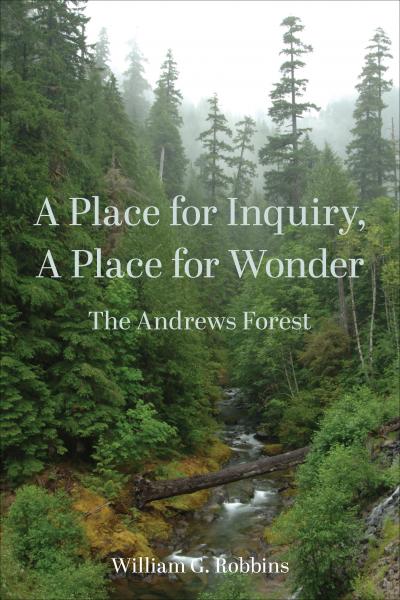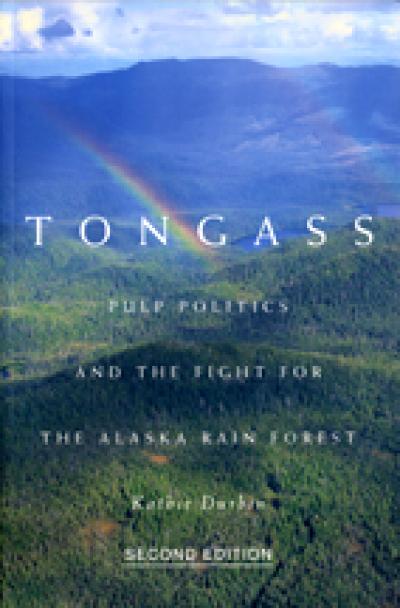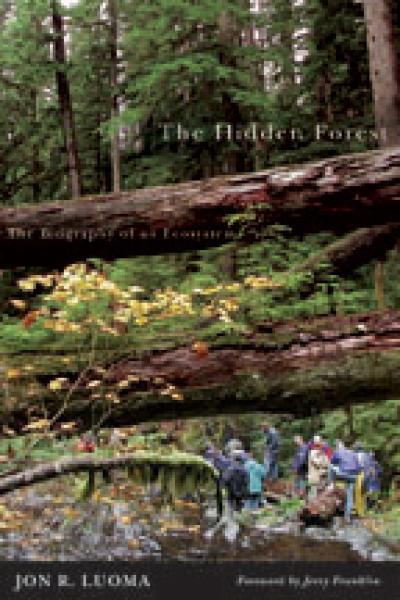
Forest of Time
Sarah Greene and Margaret Herring
Foreword by William G. Robbins.
The Wind River Experimental Forest has been called the cradle of forestry in the Pacific Northwest, a place of groundbreaking discoveries in forest genetics and ecology. Forest of Time follows 100 years of forest science at Wind River, as social and scientific changes transformed the 20th century and the Pacific Northwest forest itself. It is a story of discovery and blindness, of opportunities taken and missed, in a forest dedicated to long-term research.
The Forest Service began research at Wind River in 1908 to learn the secrets of the giant Douglas fir. During the course of the century, generations of scientists studied the forest, and their conclusions changed through time. Initially, Wind River scientists saw the region in need of protection from fire and careless logging. They saw scorched, cutover land that required replanting. Later they saw the forest in need of improvement, needing to be freed from pests and unprofitable species and replaced with thrifty, fast-growing plantations.
Wind River soon became a laboratory where foresters from around the world came to learn how to grow the best possible lumber in the shortest amount of time. As plantations replaced natural stands, scientists came to Wind River to explore the complexity of old-growth forest ecosystems. And today, Wind River is the center of a 21st century exploration of forest canopies and the global connection between forests and atmosphere.
In Forest of Time, Margaret Herring and Sarah Greene show readers how science grows and changes in unexpected ways, much like a forest through time.
About the author
Sarah Greene is a forest ecologist with the Pacific Northwest Research Station, Forest Service, and she is manager of the Wind River and Cascade Head experimental forests. She also administers an interagency program to manage natural areas for research and education.
Read more about this author
Margaret Herring is a science writer at Oregon State University. She has spent her career working with natural resource scientists, helping them explain the meaning and importance of their work.
Read more about this author




